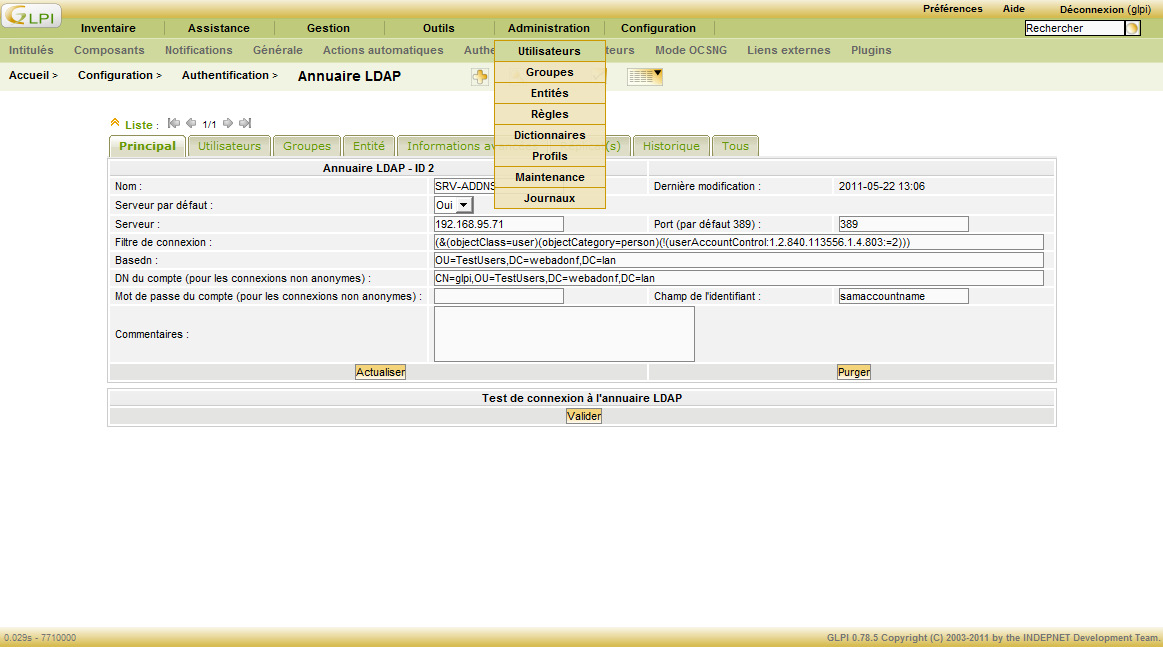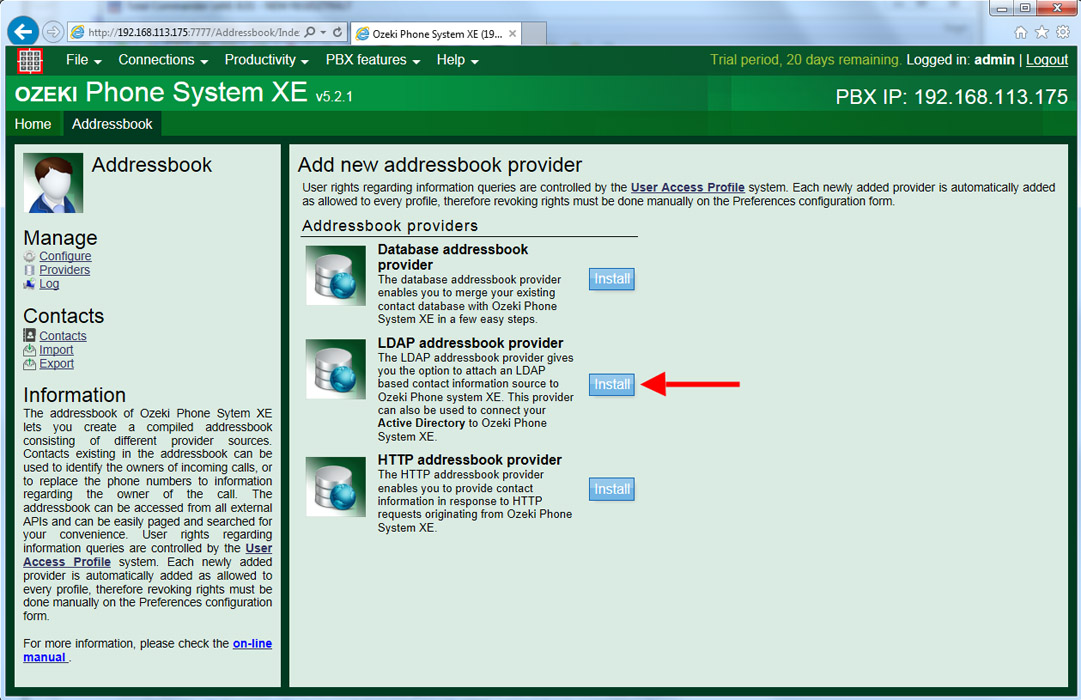

If the provided credentials match the stored core user identity, the client can access the requested information.The LDAP server cross-checks the user’s submitted credentials against the core user identity data stored in its LDAP database.The client provides their LDAP server user credentials (username and password).The client (an LDAP-ready system or application) sends a request to access information stored within an LDAP database.

Here’s a step-by-step breakdown of the authentication process: Some directory-servers that use LDAP in this manner are OpenLDAP, MS Active Directory, and OpenDJ. LDAP authentication involves verifying provided usernames and passwords by connecting with a directory service that uses the LDAP protocol. The database typically contains user, group, and permission information and delivers requested information to connected applications. What Is LDAP Authentication?Ī user cannot access information stored within an LDAP database or directory without first authenticating (proving they are who they say they are). With LDAP, sharing information about users, services, systems, networks, and applications from a directory service to other applications and services becomes easier to implement. LDAP works with most vendor directory services, such as Active Directory (AD). It works with printers, computers, and other devices connected via the internet or a company’s intranet.

It also provides the communication language that applications require to send and receive information from directory services.ĭata and resources that you can find with LDAP include files and user information. It accomplishes this goal by storing data in the LDAP directory and authenticating users to access the directory. LDAP’s primary function is enabling users to find data about organizations, persons, and more. Its original goal was to provide low-overhead access to an X.500 Directory, but the tool now has a wider variety of uses, which we will discuss later. LDAP is a lightweight version of the Directory Access Protocol (DAP). What Is Lightweight Directory Access Protocol (LDAP)? We’ll also discuss the levels of LDAP directory and data components – illustrating how it’s an essential tool for managing data about organizations and users alike. In this guide, we’ll explain what LDAP is, its uses, and how it works. LDAP enables organizations to store, manage, and secure information about the organization, its users, and assets. She is a content strategist who helps SaaS and tech brands build topic clusters and execute their content strategy.Īs corporations grow, the need to organize user data and assets into a hierarchical structure becomes critical to simplify storage access of those assets. The following is a contributed post from Chima Mmeje.


 0 kommentar(er)
0 kommentar(er)
